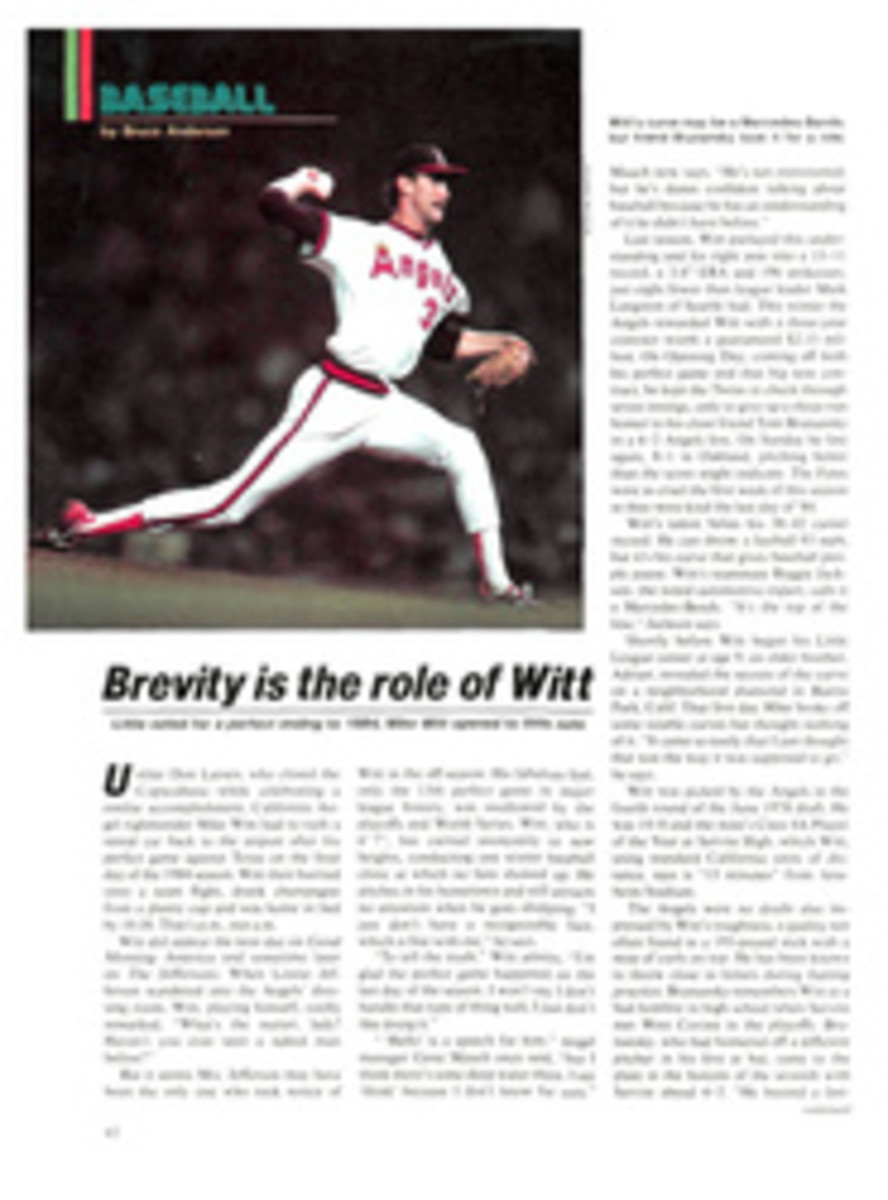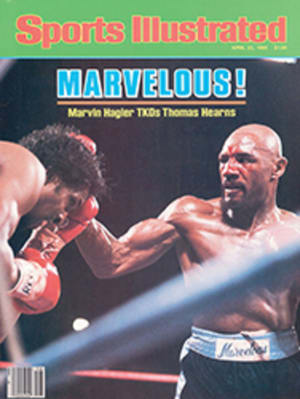
THE STORY OF A TRAINER'S COLORFUL CAREER IN THE RING IS NO KNOCKOUT
All his life, Angelo Dundee has had problems. For instance:
•He was the fat little tagalong kid brother in a large and popular Italian family in South Philadelphia.
•In the Army, he worked his PFC off, but somebody else got the sergeant's stripes.
•When he went overseas, he got a "Dear John" from his girl friend back home.
•When he went to work in the fight game, for his oldest brother, Chris, he was treated as a gofer and for years afterward had to sleep on an office couch.
•While courting the girl he eventually married, he had to ask her to wear flat shoes so she wouldn't be looking down at him. And her parents were sure he would never amount to anything.
•When he finally did amount to something, he was overshadowed by most of the people he worked for—Muhammad Ali, Sugar Ray Leonard, Willie Pastrano, Carmen Basilio—to whom the spotlight and the media clung relentlessly.
You might conclude from all this that Dundee is a timid, reclusive man, embittered by the world's inattention and lack of respect for him—and you couldn't be more wrong. Dundee is a convivial, garrulous soul, for decades one of the most popular trainers (by being himself) in a sport in which so many others try to come across as characters. He has handled 10 world champions, from featherweights to heavyweights. He is probably the best cornerman and cut man boxing has ever known. His fighters love him, not least because he never tries to come between them and the fame they earn through the pain and punishment they endure. (Other fighters love him because he may be the softest touch anywhere.) Reporters love him because nobody is more cooperative when they need a story and because, unlike other managers and trainers who prefer seeing their names in the papers, he does not act as his fighters' mouthpiece. Indeed, he believes it builds their confidence and aids their maturation to deal personally with the press. Casino blackjack dealers loved him for years because he lost with a smile and always came back for more.
One final paradox enlivens this friendly fellow's story. The famous cut man—whose quick, cool treatment of gushing lacerations in the one minute between rounds has won many a bout for his charges—cannot stand the sight of his own blood or that of his wife and children. When Dundee had his blood test before getting married, he fainted dead away in the doctor's office. When his 4-year-old daughter, Terri, fell off her tricycle, cut her big toe badly and had to be rushed to the hospital, his wife, Helen, did the rushing; Angelo collapsed on his living-room sofa. When his 16-year-old son, Jimmy, crashed his VW into a telephone pole and a fire hydrant, Angelo did make it to the hospital. Jimmy was in bed, with multiple bruises and other fix-able injuries. "Hey, Dad, look!" he said as he removed a bloodstained gauze pad from a cut lip. Angelo passed out. When he came to, he was still in the hospital, as a patient.
Angelo tells you all this and more in his new book—I Only Talk Winning (Contemporary Books, Inc., $16.95)—which he's written with Mike Winters, and I wish he were as successful at tale-telling as he is at training fighters. Not only because he's a nice guy, either, but also because the material is so good. Nobody else knows the real stories behind so many great boxing careers. Nobody else knows the inside stories of so many great bouts. He was there. Oh, he does a good enough job telling some wonderful stories about that era when television brought boxing into homes around the world, and you should read them, but the book could be so much better.
The trouble is, Dundee is not a good writer, and neither, I'm afraid, is business associate Winters. What happened, apparently, is that someone turned on the tape recorder and Angelo started talking. What he said is what you read in the book, unvarnished, uncorrected, with too many questions never asked. Occasionally, it seems the tape ran out and Angelo kept on talking. What he said after a new tape was put in doesn't always follow what he was saying before the old one ran out. The overall effect is that of a long conversation with an old friend who's in an interesting line of work. It is the raw material for what could be a bestseller—a rich, colorful account of a significant era in boxing.

